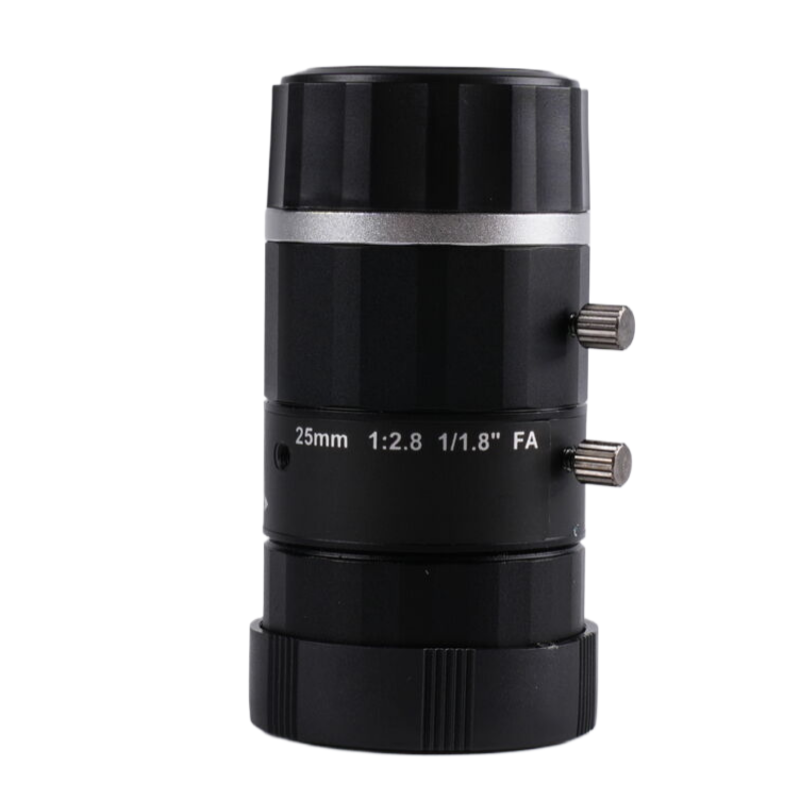Industrial News
Biological monitoring cameras have revolutionized research in fields such as biology, medicine, and environmental science. These specialized cameras are designed to capture high-resolution images and videos of biological specimens and processes, providing researchers with unparalleled precision and clarity. In this blog, we'll explore the top features of biological monitoring cameras that make them indispensable tools in scientific research.

1. High-Resolution Imaging
One of the standout features of biological monitoring cameras is their ability to deliver high-resolution imaging. These cameras are equipped with advanced sensors and optics that allow for exceptionally detailed images. This high resolution is crucial for examining intricate cellular structures, tissues, and microorganisms with accuracy. Researchers can observe minute details that are essential for understanding biological processes and making precise measurements.
For example, in microbiology, high-resolution imaging enables the observation of bacteria and viruses at the cellular level, revealing their morphology and behavior. This level of detail is vital for identifying pathogens, studying their interactions, and developing targeted treatments.
2. Enhanced Magnification Capabilities
Biological monitoring cameras often come with robust magnification capabilities, which are essential for observing small or intricate specimens. These cameras are compatible with various microscope objectives and optical systems, allowing researchers to achieve high levels of magnification without compromising image quality.
Advanced magnification features enable the study of specimens ranging from the microscopic level, such as cells and organelles, to the macroscopic level, such as tissues and organs. This versatility allows scientists to investigate a wide array of biological phenomena, from cellular dynamics to tissue morphology.
3. Advanced Lighting Systems
Proper illumination is critical for capturing clear and detailed images of biological specimens. Biological monitoring cameras are equipped with advanced lighting systems, including LED and halogen light sources, to ensure optimal visibility and contrast.
LED Lighting: LED lights offer adjustable brightness and color temperature, allowing researchers to customize the lighting according to their specific needs. This flexibility is particularly useful for imaging transparent or low-contrast specimens.
Halogen Lighting: Halogen lights provide bright, even illumination with minimal heat generation, making them suitable for high-resolution imaging and long-term observations.
These advanced lighting systems help to reduce glare, enhance contrast, and ensure that images are sharp and clear, regardless of the specimen's transparency or color.
4. Real-Time Imaging and Live Video Streaming
Biological monitoring cameras are designed to provide real-time imaging and live video streaming capabilities. This feature allows researchers to observe biological processes as they happen, which is essential for studying dynamic phenomena such as cell division, movement, and interactions.
Live video streaming enables scientists to monitor experiments remotely and collaborate with colleagues in real-time. This capability is particularly valuable in large-scale studies or experiments involving multiple researchers, as it facilitates data sharing and joint analysis.
5. Automated Image Analysis and Data Management
Many biological monitoring cameras come with integrated software that offers automated image analysis and data management features. This software can perform tasks such as image stitching, quantitative analysis, and pattern recognition, significantly reducing the time and effort required for data processing.
Image Stitching: Automated image stitching combines multiple images into a single, high-resolution panorama, allowing researchers to view large specimens or fields of view in detail.
Quantitative Analysis: Software tools can measure various parameters, such as cell count, size, and fluorescence intensity, providing accurate and reproducible data for research studies.
Data Management: Integrated data management systems help organize and store large volumes of images and video data, making it easier for researchers to access and analyze their results.
6. Versatile Connectivity Options
Biological monitoring cameras are equipped with versatile connectivity options to facilitate integration with other research equipment and data systems. These options typically include USB, HDMI, and Ethernet connections, allowing for seamless data transfer and compatibility with a range of devices.
USB: USB connections provide a simple and efficient way to transfer image and video files to computers or external storage devices.
HDMI: HDMI connections enable high-definition video output to external monitors or projectors, making it easy to display live images and videos during presentations or collaborative sessions.
Ethernet: Ethernet connectivity supports network integration, allowing researchers to access and control the camera remotely and share data with other networked devices.
7. Robust Build Quality and Reliability
Biological monitoring cameras are designed to withstand the demands of a research environment. They are built with durable materials and feature robust construction to ensure reliable performance over time.
Durable Housing: High-quality housing materials protect the camera from dust, moisture, and mechanical damage, ensuring long-term durability.
Temperature Control: Advanced cooling systems and temperature control features help maintain optimal operating conditions, preventing overheating and ensuring consistent performance.
These features contribute to the overall reliability of the camera, making it a dependable tool for ongoing research and experimentation.
Conclusion
Biological monitoring cameras are indispensable tools for researchers, providing high-resolution imaging, advanced magnification, and precise illumination to study biological specimens with exceptional clarity. With features such as real-time imaging, automated analysis, and versatile connectivity, these cameras enhance research capabilities and facilitate accurate data collection and interpretation.
By leveraging the advanced capabilities of biological monitoring cameras, scientists can gain deeper insights into biological processes, contribute to breakthroughs in medical research, and advance our understanding of the natural world. Whether used in clinical laboratories, academic research, or environmental studies, these cameras are key to achieving precision and excellence in biological monitoring.
 English
English  German
German Japanese
Japanese Korean
Korean Vietnamese
Vietnamese French
French Spanish
Spanish भारत
भारत



